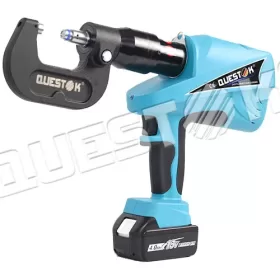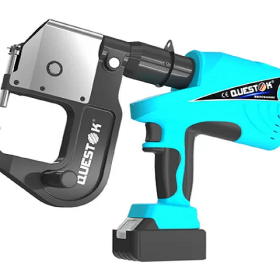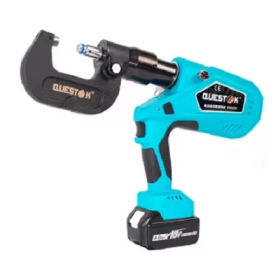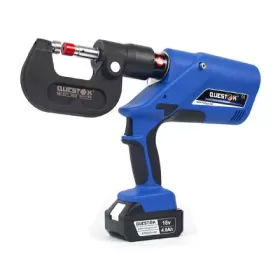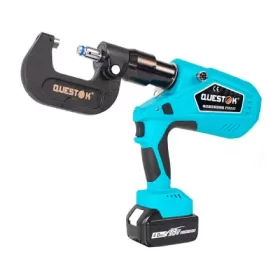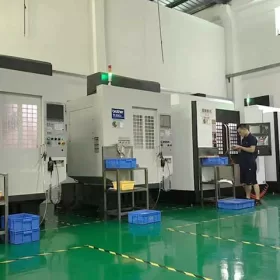Flat Head Solid Rivets- Design Essentials for Strong Connections
In the realm of engineering, the unassuming flat head solid rivet reigns supreme as a fundamental element of robust connections. These humble fasteners, with their unassuming appearance, possess a remarkable ability to create enduring bonds between disparate materials. Understanding their design intricacies is paramount for safeguarding against structural failure and ensuring the integrity of engineered assemblies.
The Anatomy of a Flat Head Solid Rivet
Flat head solid rivets comprise a cylindrical shank and a flat head. The shank is inserted into a pre-drilled hole and expanded using a riveting tool, creating a permanent bond between the connected parts. The flat head provides a flush, non-protruding surface, allowing for a smooth and aesthetically pleasing finish.
Material and Strength Considerations
The choice of material for flat head solid rivets is crucial. Common materials include steel, aluminum, and stainless steel, each offering distinct strength and corrosion resistance properties. The strength of the rivet is determined by its diameter and the material used. Engineers must carefully select rivets with appropriate strength ratings to withstand the intended loads and operating conditions.
Design Parameters
The design of flat head solid rivets involves several key parameters:
Diameter: The rivet’s diameter dictates its load-bearing capacity. Larger diameter rivets are typically used for heavier loads.
Hole Diameter: The hole diameter must be slightly larger than the rivet’s shank to allow for proper expansion and secure bonding.
Head Height: The head height determines the rivet’s flushness with the surface. Proper head height ensures a smooth finish and prevents excessive stress concentrations.
Spacing: The correct spacing between rivets is crucial for distributing loads evenly and preventing premature failure.
Installation Techniques
The proper installation of flat head solid rivets is essential for maintaining joint integrity. The use of specialized riveting tools, such as pneumatic or hydraulic riveters, ensures a consistent and controlled expansion of the rivet’s shank. Proper installation techniques prevent rivet breakage or loosening, which could compromise the connection’s strength.
Benefits of Flat Head Solid Rivets
The use of flat head solid rivets offers numerous advantages in engineering applications:
High Strength: They provide a robust and durable connection capable of withstanding heavy loads.
Permanent Bonding: Once installed, they create an unyielding bond between the connected materials, preventing disassembly or loosening.
Corrosion Resistance: With appropriate material selection, flat head solid rivets can provide excellent corrosion resistance in harsh environments.
Cost-Effectiveness: They are relatively inexpensive to manufacture and install, making them a cost-effective solution for various engineering applications.
Conclusion
Flat head solid rivets stand as indispensable elements in the design of robust and durable connections. By understanding their essential design parameters, material properties, and installation techniques, engineers can harness their strength and reliability to ensure the integrity of their engineered assemblies. From towering structures to intricate electronic devices, these unassuming fasteners play a pivotal role in shaping the world we live in.
- Company News
- Industry News
- Tag
- Tags
-
The Advantages of Questok Rivet Guns: Precision, Efficiency, and Durability
In industrial fastening applications, the choice of tools directly impacts productivity, safety, and long-term cost-effectiveness. Questok rivet guns have emerged as a standout solution for professionals across aerospace, automotive, and construction sectors. Combining advanced engineering with user-centric design, these tools deliver unmatched performance. Below are the key advantages that make Questok rivet guns a preferred choice:
-
Rivet Gun FAQ
Rivet Gun FAQ-SPR
-
Fast Assembly and Repair With Cordless Solid Rivet Gun
Questok cordless solid rivet gun stands out as a pivotal innovation, merging portability with power to facilitate efficient and effective fastening in a myriad of applications.
-
Redifine The Role of Self-piercing Riveting Gun Machine
Self-piercing riveting adopts high-speed mechanical fastening skill that joins thin sheet materials, typically steel and aluminum alloys.
-
The Latest Innovations in Clinching Tool Design
Explore the latest innovations in clinching tool design, redefining precision, efficiency, and versatility in material joining.
-
The Application and Maintenance of Self-Piercing Rivet Guns
Delve into the applications of self-piercing rivet guns in the automotive and aerospace industries and reveal the essential maintenance practices that ensure their accuracy and efficiency.
-
Rivetless Riveting Gun for Ventilation Duct Projects
The ventilation duct rivetless gun is a tool for riveting ventilation ducts without rivets.
-
Guide to Using Self-Piercing SPR Riveting Gun
In the automotive industry, self-piercing SPR (Self-Piercing Rivet) riveting guns are commonly used for joining metal components in vehicle bodies, including BMW vehicles.
-
Rivet Gun FAQ
Rivet Gun FAQ-SPR
-
Versatile Fastening- Applications of the Handheld Rivet Gun Across Industries
In the realm of fastening, the handheld rivet gun stands as a testament to ingenuity and versatility. Its ability to effortlessly join materials with sheer strength and permanence has revolutionized manufacturing and construction processes, leaving an enduring mark on diverse industries. Aerospace: Where precision and reliability are paramount, the rivet gun shines. In aircraft assembly, […]
-
Time-Saving Tools- Speeding Up Projects with Electric Blind Rivet Guns
In the whirlwind of project deadlines, every minute counts. But what if there was a tool that could dramatically reduce assembly time, giving you an edge in the race against the clock? Enter the electric blind rivet gun: your secret weapon for lightning-fast and effortless riveting. Electric blind rivet guns are the ultimate time-savers for […]
-
Streamlining Fastening- How an Electric Blind Rivet Gun Enhances Efficiency
Introduction In the realm of manufacturing and assembly, fastening plays a crucial role in securing components and ensuring structural integrity. Traditional manual rivet guns, while reliable, are often time-consuming and labor-intensive. The advent of electric blind rivet guns has revolutionized the fastening process, significantly enhancing efficiency and productivity. This article delves into the benefits of […]
-
The Role of Automation in Electric Rivetless Clinching
Electric rivetless clinching (ERC) is a lightweight joining process that eliminates the need for rivets or other fasteners. This can lead to significant cost savings and increased production efficiency. Automation plays a critical role in ERC, enabling high-speed and high-volume production. Automated Feed Systems Automated feed systems are used to accurately position the two workpieces […]
-
Why Choose a Universal Self-Piercing Riveting Gun for Your Projects?
In the realm of construction and fabrication, riveting guns stand as indispensable tools for creating secure and robust connections. Among the various types available, universal self-piercing riveting (SPR) guns have emerged as a game-changer due to their versatility and efficiency. This article will delve into the compelling reasons why choosing a universal self-piercing riveting gun […]
-
Why Choose Stainless Steel Hollow Rivets for Your Projects?
In the world of industrial manufacturing, choosing the right fasteners for your projects is crucial for ensuring longevity and reliability. Among the many options available, stainless steel hollow rivets stand out as a superior choice for a wide range of applications. This article delves into the compelling reasons why stainless steel hollow rivets are the […]
-
Top Trends in Electric Rivetless Clinching Guns
In the realm of fastening technology, electric rivetless clinching guns have emerged as a revolutionary solution for a wide range of industrial applications. These advanced tools offer several преимущества and capabilities, revolutionizing the way businesses approach their fastening needs. Adoption of Brushless Motors Brushless motors have gained significant traction in electric rivetless clinching guns due […]

